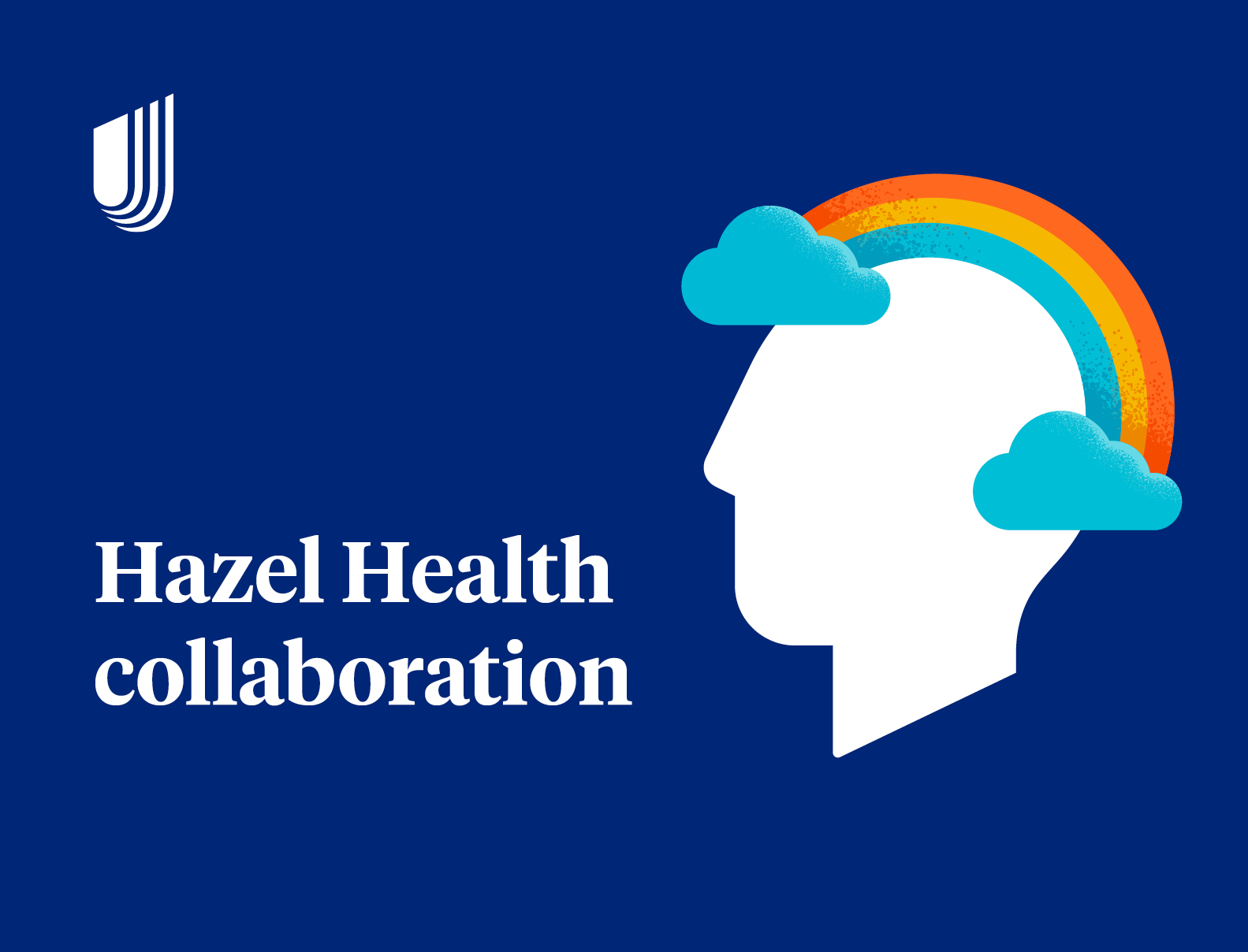During my time working in a clinic, I have seen how well-child screenings can have a direct, positive influence on a child’s lifelong health. And I have also seen how missing these appointments can have long-term, negative consequences.
From tracking development and growth to monitoring social and learning skills, these appointments give care providers an in-person opportunity to identify, manage and prevent potential health issues that could lead to prolonged health problems as a child continues to grow. They also serve as a touch-point for receiving immunizations, which act as a defense against life-threatening illnesses for the duration of a person’s life. And keeping to a screening and immunization schedule has been shown to reduce hospitalizations and emergency department visits later throughout childhood.1
The American Academy of Pediatrics and Bright Futures recommends that children attend nine well-child visits by the time they reach 15 months. But a recent study shows that only 64% of children attend six or more visits by this age.2 Ensuring that we are successfully encouraging guardians to bring their children in to see a care provider will be critical as we help children catch up on these appointments and stick to a well-child visit schedule moving forward.
Improving population health starts at the doctor’s office
While well-child visits provide an opportunity to identify developmental delays and prompt intervention, they also serve as a chance for care providers to give advice to guardians and answer their questions. This open dialogue can help support a child’s health and well-being by helping care providers identify unmet social needs.
One of the main drivers of adult disease can be traced back to negative social determinants of health (SDOH) during childhood, such as poverty, lack of education, unhealthy living environments and unhealthy lifestyles.3 During well-child visits, care providers can help identify and connect children and their guardians to resources and programs that can help address these circumstances and ultimately improve health outcomes over the duration of a member’s life. These improved outcomes directly impact overall population health. Whether a family is facing food insecurity, or recently experienced a change in financial situation, care providers can help intervene to ensure that guardians have what they need to care for their child.
Promoting well-child visit adherence during COVID-19
While many activities have been pushed back in light of the global health emergency, well-child visits are still considered essential.4 But many guardians are uncomfortable bringing their child into a clinical setting during the pandemic. Others may find it difficult to get to the doctor’s office due to limited public transportation as a result of COVID-19. Raising awareness around the importance of timely visits, the protocols being taken to ensure safety and the resources available to our members are a few ways that we can continue to encourage guardians to make and keep well-child appointments.
Our new children’s health resources not only help guardians navigate how to safely see their child’s care provider during COVID-19, but also provide insight into what will happen at each visit. This transparency, combined with a collection of programs available to many of our members across the nation, can help equip guardians to provide a healthier life for their child.
Sources
- https://www.contemporarypediatrics.com/view/why-are-low-income-kids-missing-well-child-visits
- https://www.medicaid.gov/state-overviews/scorecard/well-child-visits-first-15-months-of-life/index.html
- https://www.ncbi.nlm.nih.gov/pmc/articles/PMC4258821/
- https://www.cdc.gov/vaccines/parents/visit/vaccination-during-COVID-19.html










